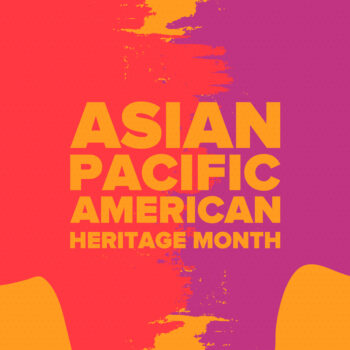What does aging mean to you? How does your family talk about it? What does your community say about it?
In the media, it seems like aging is stereotypically frowned upon. Oh wait, don’t frown because that might cause wrinkles.
There’s a mainstream obsession with preventing aging that takes away from the beauty that marks a long-lived experience.
The Administration for Community Living ( acl.gov) is taking a path this year in celebrating Older Americans Month with the theme of recognizing how older adults can age well in place. This takes a look at how older Americans can still engage in participating in their community and living independently for as long as possible.
EasterSeals Oregon is a local non-profit organization that is celebrating Older Americans Month and offers suggestions of socializing with neighbors, taking a virtual course to learn something new, or offering to teach others about a known skill.
The emphasis is on seeing the value of building community.












